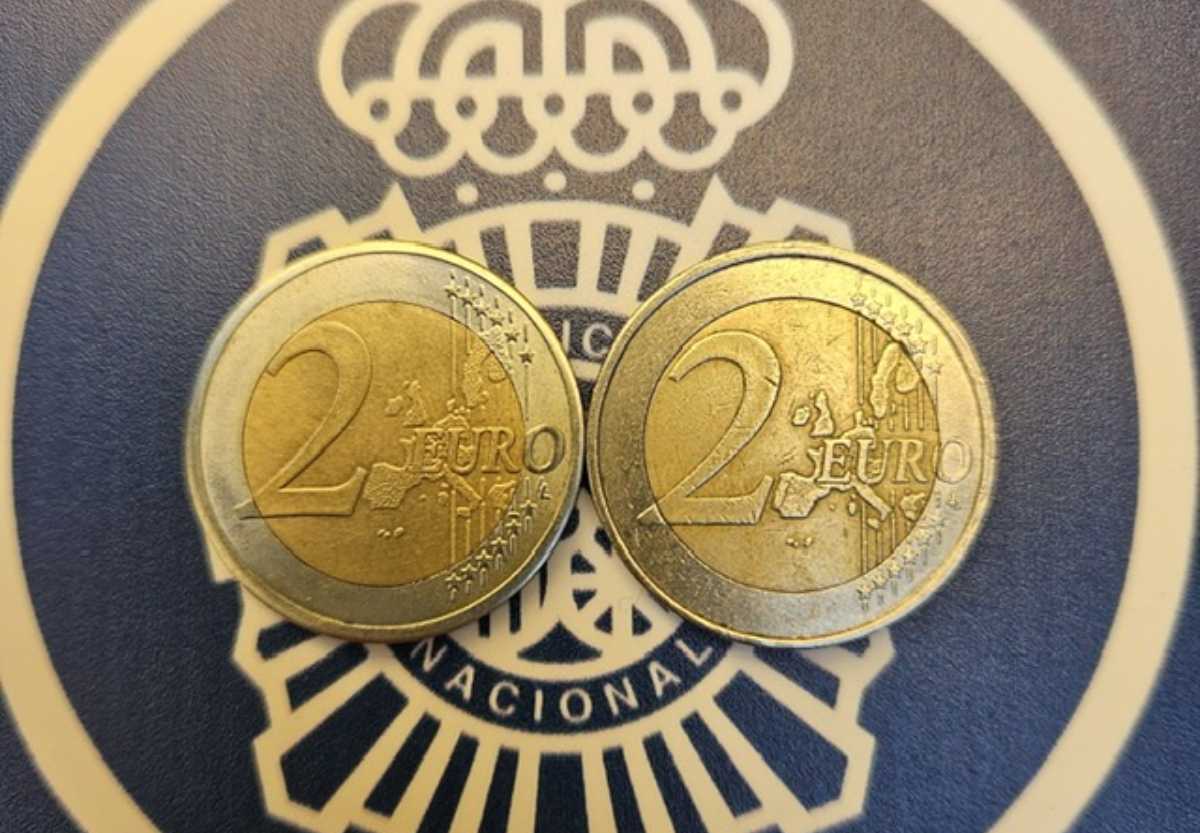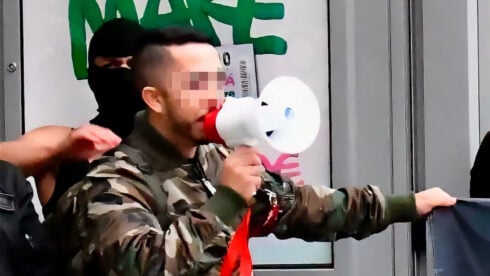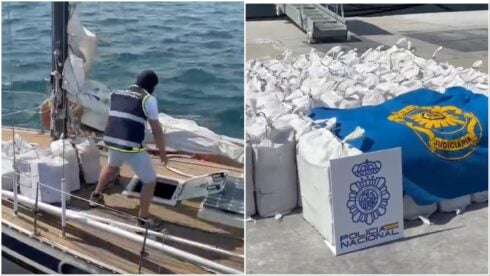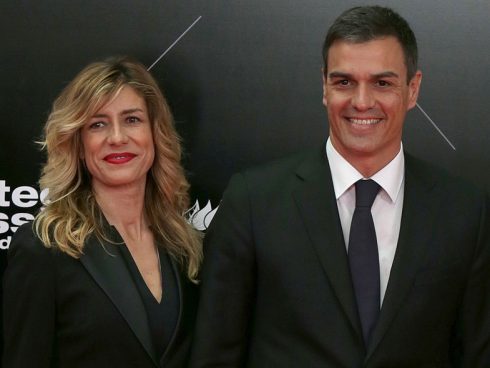A GANG making fake two-euro coins has been brought down by the Policia Nacional in a joint operation with Europol and Catalunya’s Mossos d’Esquadra.
It was the largest counterfeit currency workshop of its kind in Spain, and one of the most important in Europe- run by a Chinese organisation.
Authorities believe the gang brought 100,000 bogus coins into circulation in Spain and around 400,000 across the continent.
READ MORE:
- Check your change! These rare €2 coins are now worth THOUSANDS to collectors
- Businessmen arrested in Spain’s Costa Blanca and Valencia for helping counterfeiter to print eight million euros
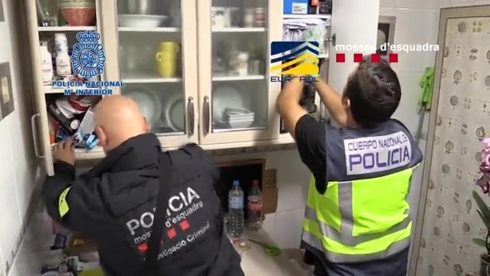
The crew used different ways of distributing the fakes including selling them to Chinese nationals and putting them into slot machines in casinos and gambling halls.
Police arrested 10 people and seized two machines inside the Toledo area workshop which were capable of making up to 1,000 coins per day.
The investigation, which began in 2018, has been difficult for authorities due to the gang’s structure, their flexibility in moving the machines to different locations, and problems in tracing the origins of fake coins in circulation.
Over the years, the group operated in the Barcelona, Madrid, and Toledo areas.
With so many counterfeit coins in circulation, there are ways to determine if you have a fake two-euro coin in your pocket.
Firstly the weight is slightly different from a real coin.
Another option is carry out a magnet test as genuine two-euro coins are not magnetic, so if it sticks to a magnet it is probably fake.
The edge of the coin is also a good clue, as if it looks smooth or jagged it’s probably a counterfeit.
Genuine coins usually have a sharp-looking contour and well-marked imprint of the symbols, while fakes lack that kind of quality.
Click here to read more Crime & Law News from The Olive Press.

